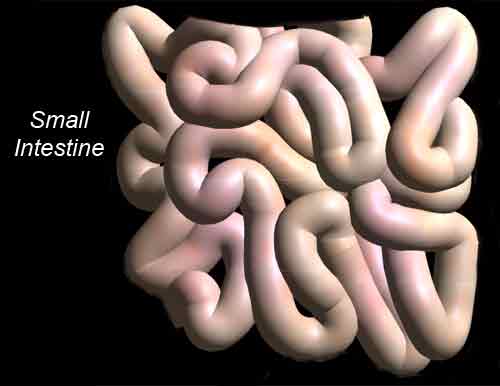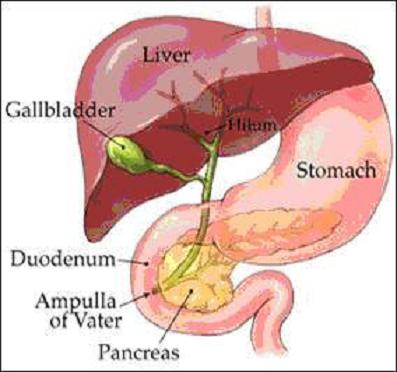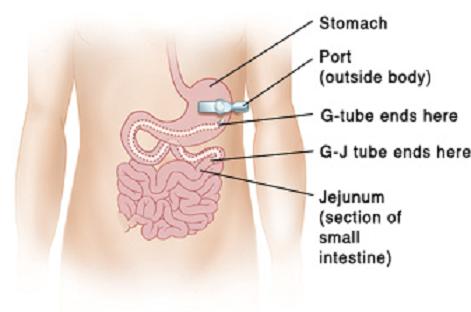Difference between Duodenum and Jejunum

When an individual consumes organic matter such as food, this organic matter passes through the digestive tract before eventually making its way into the blood to become part of the body, or getting removed from the body through the rectum. Digestion is a lengthy process and involves various activities or functions being performed in different sections of the body.
One of the key players in digestion is the small intestines, the folded part of the intestine that lies between the stomach and the colon. The small intestines are divided into three segments on the basis of digestive functions that are performed there, namely duodenum, jejunum and ileum.
Not a lot of people are aware of the difference between duodenum and jejunum, which is understandable, since not everyone is a medical student or has an excess to a sample of the small intestine and a microscope.
One of the primary differences between the two segments is that the former is basically the first portion of the small intestine, while the latter is the middle portion that lies between duodenum and ileum.
The duodenum has a slightly different appearance than that of jejunum, with the former being C-shaped, whereas the latter appears to be a coiled tube.
Duodenum is significantly shorter as compared to jejunum, which typically extends to four metres.
Another significant difference between the two segments is that of plicae circulares. It is present in the jejunum, while absent in the duodenum.
The number of goblet cells in the epithelium of duodenum and jejunum also differ, with the former having lesser goblet cells than the latter.
Duodenum is also different from jejunum on account of muscularis mucosa, which is continuous in the former, while interrupted in the latter.
The shape of villi is also different in both duodenum and jejunum, with the former having many leaf-shaped villi, while the latter has taller, tongue shaped villi.
The bile and pancreatic ducts have an opening in duodenum but not in jejunum. The two ducts play an important role in digestion of food.
Duodenum is the segment of small intestine where the digestion of carbohydrates and proteins take place, while jejunum is the segment where the absorption of digested products takes place.
The presence of submucosal Brunner’s glands in the duodenum but not in the jejunum makes them different from each other as well.
Instructions
-
1
Duodenum
The 10-inch long, C-shaped segment of the small intestines that begins from the stomach and leads to the jejunum is called duodenum. The digestion process continues in the section through the help of acidic chime from the stomach, bile from the gallbladder and liver and digestive enzymes from the pancreas.
Image Courtesy: theherbprof.com
-
2
Jejunum
Jejunum is the eight-foot long section of the small intestines that leads to the ileum. The coils of the jejunum are attached to the abdominal wall by the mesenteries. The walls of jejunum are thick and have many microvilli on its mucus membrane, which help in digestion and primarily absorption.
Image Courtesy: swedish.kramesonline.com







